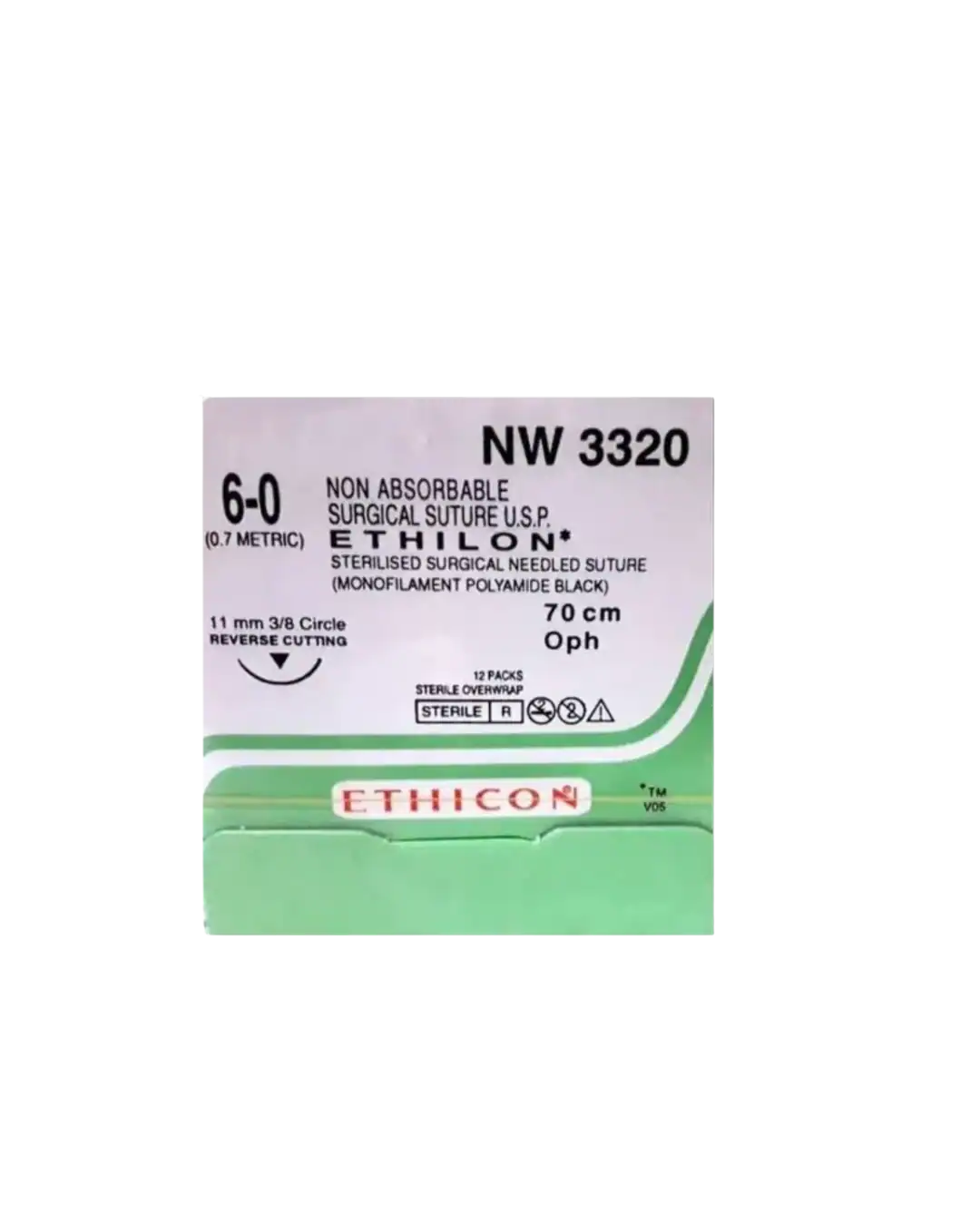Product Description
Dosage
The dose depends on the severity and area of the wound. An ampoule of Enbond contains 0.25 ml closed wound up to 5 cm.
For deeper wounds, an absorbent suture needs to be applied in addition to Enbond.
Method of use
– When you are ready to use the Enbond, first clean the oozing blood and dry the wound area as far as possible.
– Approximate the wound edges precisely. For larger wounds, forceps may be used to hold the edges of skin. Take out the applicator tube.
– Take out the ampoule and cut off the tip, holding it vertically. Draw the whole Enbond adhesive from the ampoule into the applicator.
– After holding the skin in approximation, apply few droplets of Enbond from the applicator at intervals in the approximated edges to facilitate holding.
– Apply a thin layer of Enbond throughout the approximated wound and allow it to dry for about two minutes. The applied film should extend to at least ½ a cm on either side of the approximated wound. (on the healthy skin on either side).
– For better adhesion, do not apply Enbond into the wound, but apply on top of the approximated area, as a bridge.
– Intermittent temporary supportive sutures may be applied for wounds larger than 7 cms.
– As practiced, internal absorbable sutures should be applied for deeper wounds befoe the final closure with enbond.
– Contact with water should be avoided for at least 4 days after closure with enbond.
– One ampoule is for single use only. Left over adhesive must be discarded.
Note
* Correction of skin edges cannot be done once the adhesive has dried.
* Enbond should not be used to close infected wounds.
* Any surgical instruments soiled with enbond can be cleaned with dimethylformide or acetone.
* Enbond must be used only in liquid form.The condition of enbond can be assessed before opening the adhesive ampoule.If found viscous, discard the product.
* Do not use the enbond after the expiry date.
Contradictions
* Do not use on any wounds with evidence of active infection, gangrene or wounds of decubitus aetiology.
* Do not use on skin which may be regularly exposed to body fluids or with dense natural hair (scalp)
* Do not use on the surface of the brain or on the nervous system. Application on the intima and the media of blood vessels also to be avoid due to the risk of thrombosis.
* Do not use on patients with a known hypersensitivity to cyanoacrylate or formaldehyde.


















Reviews
There are no reviews yet.